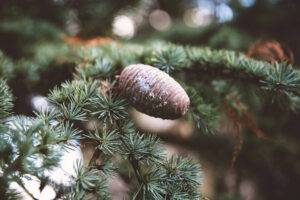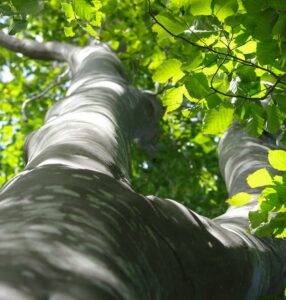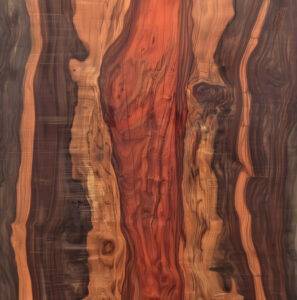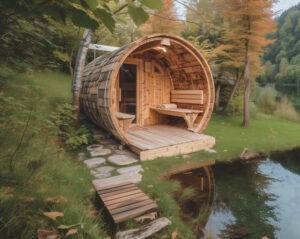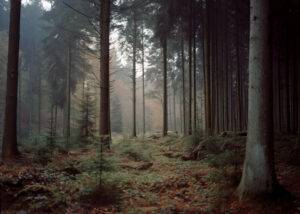Boxwood
The vibrant green and light sheen of the leaves make the boxwood a popular hedge plant in European gardens. Its wood is also sought after in arts and crafts, especially for woodturning and inlay work, due to its fine and homogeneous texture.
During the Renaissance, box trees were an important design element in Italian and French palace gardens. Their slow growth explains the rarity and high price of the wood. Boxwood is the heaviest and hardest indigenous wood and is characterized by its uniform structure.
The processing of boxwood requires high-quality tools, but with a sharp knife it enables precise and sought-after woodturning. It has a long tradition with French knife makers and is used in our range for small kitchen utensils, jars, spinning tops and chess pieces.
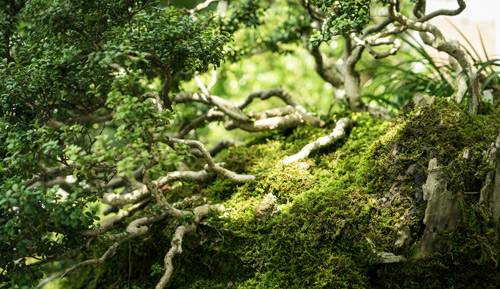
Information on boxwood:
- Boxwood is used in many ways in the arts and crafts industry.
- The history of boxwood in the arts and crafts industry is long and dates back to the Middle Ages.
- Boxwood has many properties and can be used for various purposes.
- There are various techniques for processing boxwood in the arts and crafts industry.
- Boxwood is of great importance in furniture making and sculpture.
The history of boxwood in the arts and crafts industry
The use of boxwood dates back to Ancient Egypt, where it was used to make ornate objects such as jewellery boxes and statues. It was also very popular in Ancient Greece and was often used for carvings.
In the Middle Ages, boxwood experienced a further boom in Europe, particularly in the area of furniture production. Due to its hardness and resistance to moisture, it was ideal for the production of high-quality furniture.
The properties of boxwood and its possible uses
Boxwood is characterized by its dense structure, which gives it a high degree of hardness. It is also very resistant to moisture and pests, making it a durable material. These properties make it ideal for use in the arts and crafts industry.
Boxwood can be used in various ways in arts and crafts. It is typically used for carving, inlay work and woodturning. Due to its fine texture and even colour tone, it is also well suited for making jewellery such as rings, pendants and earrings.

The different techniques of processing boxwood in the arts and crafts industry
The processing of boxwood requires craftsmanship and experience. It can be worked with various tools, including carving knives, woodturning machines and files.
A popular technique for working boxwood is carving. Sharp carving knives can be used to carve artistic patterns and shapes out of the wood. Another technique is woodturning, in which the wood is shaped on a rotating machine.
The importance of boxwood in furniture making and sculpture
Boxwood has a long tradition in furniture making due to its hardness, resistance to moisture and beautiful texture. It is regularly used for high-quality furniture such as tables, chairs and cabinets.
In sculpture, boxwood is valued for its fine texture and even colour tone. It enables artists to create detailed sculptures and statues. The hardness of the wood also facilitates the carving of fine details.
The sustainability of boxwood as a raw material in the arts and crafts industry
The sustainability of boxwood is an important issue in the arts and crafts industry. Due to its popularity, demand for this wood has increased, which has led to concerns about over-exploitation.
It is significant that boxwood is sourced and used responsibly to ensure its long-term availability. This includes selecting certified suppliers that practice sustainable forestry and using efficient processing techniques to minimize waste.
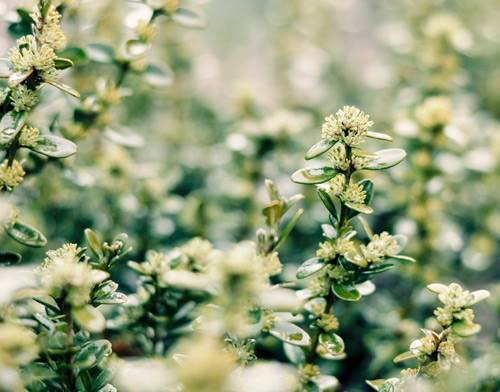
Conclusion
Boxwood plays an essential role in arts and crafts due to its unique properties and versatile uses. It has had a long history in different cultures and eras, and remains a sought-after material for artists and craftsmen today.
However, the future of boxwood in the arts and crafts industry depends on its responsible use. By promoting sustainable practices, we can ensure that this valuable material will continue to be available and appreciated by generations to come.
FAQs
What is boxwood?
Boxwood is the wood of the box tree, an evergreen plant native to Europe and Asia. It is a hard and dense wood that is easy to work with.
What are the properties of boxwood?
Boxwood is very hard, dense and heavy. It has a fine texture and a smooth surface. It is also very resistant to moisture and rotting.
How is boxwood used in the arts and crafts industry?
Boxwood is used in the craft industry for a variety of products such as carvings, jewellery, musical instruments, furniture and toys.
Why is boxwood so popular in the arts and crafts industry?
Boxwood is very popular in the arts and crafts industry due to its hardness, density and resistance to moisture and decay. It is also very easy to work with and has a beautiful texture and finish.
Where does the boxwood used in the arts and crafts industry come from?
The boxwood used in the arts and crafts industry generally comes from sustainably managed forests in Europe and Asia.
How is boxwood processed?
Boxwood is worked with various tools such as saws, carving knives and sandpaper. It can also be milled, turned and drilled.
How do you care for boxwood products?
Boxwood products should be cleaned regularly with a soft cloth. It is also important to protect them from moisture and direct sunlight. Occasional oiling can also help to protect the wood and maintain its beauty.
